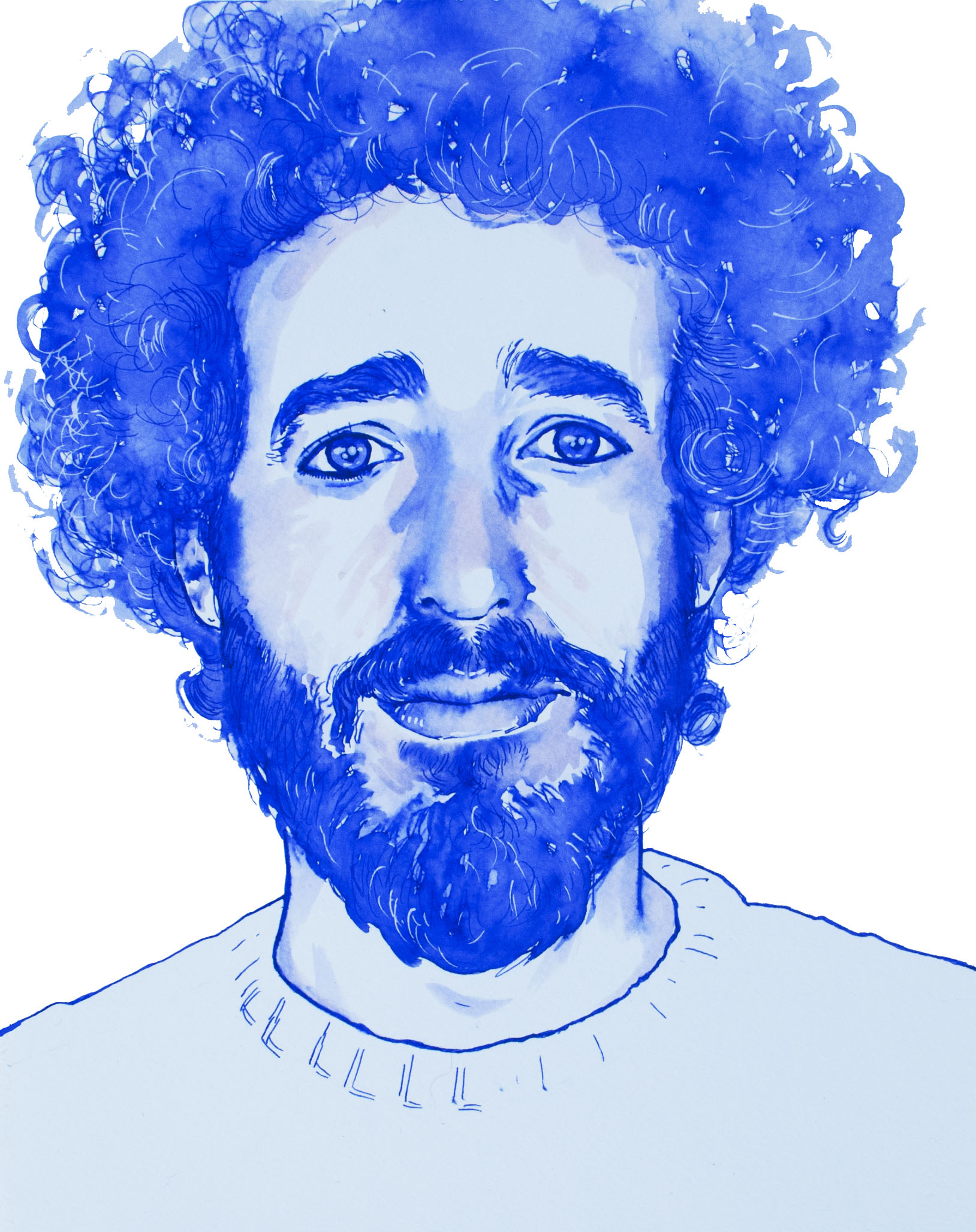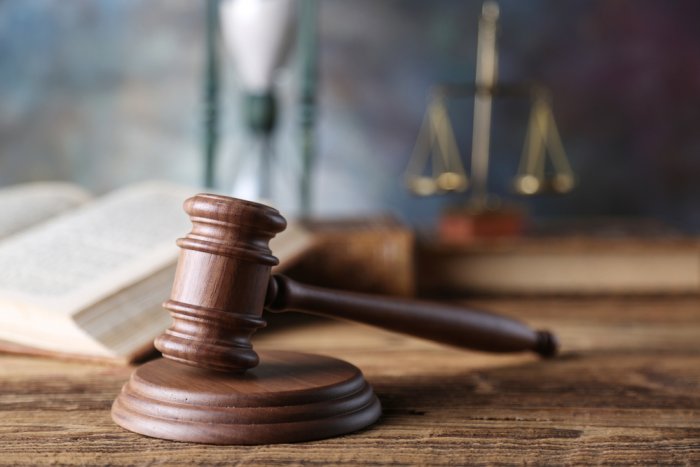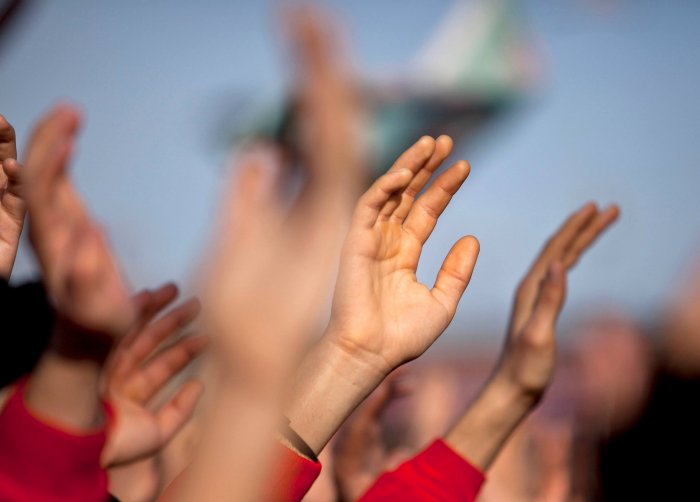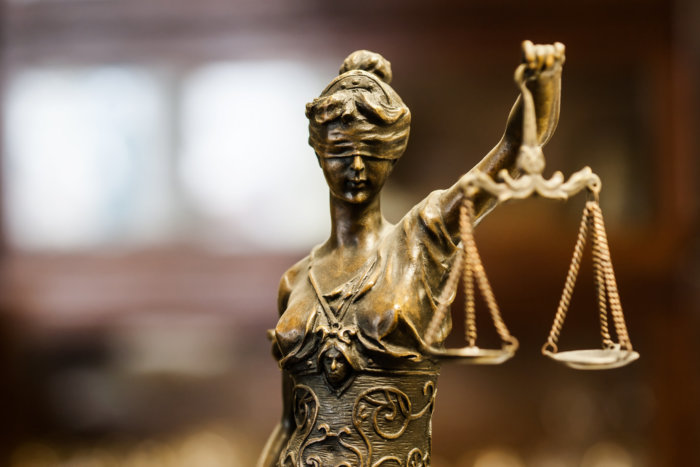Defending Human Rights in Turkey: Kazım Kızıl
Documentary maker and video activist Kazım Kızıl is a prominent voice seeking justice for the voiceless and the disenfranchised. Despite facing interrogation and trial on multiple occasions, and while currently awaiting the review of his prison sentence, Kızıl continues his invaluable work of documenting injustice. Sustained attention and a proactive strategy by the EU, its Member States, and the international community as a whole is needed to defend the space in which Kızıl and other human rights defenders and video activists work, without risk of reprisals and unfounded litigation for their work.
The portrayal of Kızıl’s experiences is a continuation of the series “Defending Human Rights in Turkey: Stories that Need to Be Heard,” told by Tan Tunali, with illustrations by Marco Lambooij.

Kazım Kızıl vividly remembers the very first day he ever held a photo camera—a present from his aunt. That day, Kızıl took pictures of anything that crossed his lens. Back at home, he proudly told his aunt about all the images he took, but to his infinite disappointment, he was told that there was no film in the camera. Still, the seed for his love of photography was firmly planted.
Kızıl was born in the Aegean city of Manisa, but grew up in various cities throughout Turkey as the family followed his father on different teaching postings across the country. Kızıl’s first real photo camera (this time with film) was a present from his brother, and sometimes it feels like he hasn’t stopped taking pictures or shooting videos ever since. “I was not very political, but I went to some demonstrations and meetings of friends and I uploaded the videos I took [there],” he shared. Kızıl seemed to be in the right place at the right time, and in the rapidly developing digital era of citizen journalism, his footage quickly started getting used for various news items and publication channels. Today, Kızıl is a well-known photographer, video activist and documentary filmmaker based in Izmir.
I was not very political, but I went to some demonstrations and meetings of friends and I uploaded the videos I took [there]
Kızıl’s first notable experience with state censorship occurred in 2013. Because he was interested in social justice, Kızıl decided to document Labour Day celebrations and protests in Istanbul, where the governor had banned all gatherings in and around the central Taksim square. Taksim square is a traditional venue for demonstrations in Istanbul, where trade union activists are now barred from marching to since 2013. In the neighbourhood of Okmeydanı, known for its restive leftist population, Kızıl was caught up in violent clashes between the police and protestors, but accidentally ended up behind police lines. “It was as if I was the police’s personal cameraman,” Kızıl said. He recorded policemen firing tear gas and plastic bullets at the protestors.
“It was as if I was the police’s personal cameraman,” Kızıl said. He recorded policemen firing tear gas and plastic bullets at the protestors.
The police, who initially allowed Kızıl to film, and then apprehend him, eventually let him go once all the images on his camera were deleted. Kızıl managed to recover some images and posted a clip on social media. The day after, someone started harassing Kızıl online and tried to convince him to delete the clip. Kızıl found out later that the account those messages were coming from belonged to one of the police offıcers who had stopped him in Istanbul. He only later understood what the officer, who could be identified in the footage, was so afraid of: “A lawyer friend of mine explained that I had recorded police violence which could serve as evidence against them in court,” he noted. It was this first coincidental reporting trip that showed Kızıl the impact and power images can have.
“A lawyer friend of mine explained that I had recorded police violence which could serve as evidence against them in court,” he noted. It was this first coincidental reporting trip that showed Kızıl the impact and power images can have.
The same month, protests erupted in Gezi Park in Istanbul. They eventually grew to be the largest anti-government protests in Turkey’s recent history and quickly spread across the country (read about Yiğit Aksakoğlu and Can Atalay who stood trial for allegedly organizing the protests; Meltem Aslan, who was investigated for organizing the protests; and Cihangir Öz who found great solidarity in the protests). Kızıl documented the protests in Izmir and joined the video collective Street Camera (Kamera Sokak). During the protests, which were met with heavy-handed police violence almost everywhere, Kızıl lost his camera. Without money to buy a new one, he used his phone and equipment borrowed from friends for a long time. He is still forced to improvise, “I am still not very rich, but I am not [as poor] as that time,” Kızıl joked. With countless trips throughout the country—from the Syrian border, where he documented the plight of the refugees; to the mining town of Soma, where he followed the quest for justice of families of 301 miners who died due to negligence of the mining company in 2014—Kızıl documents the universal fight for justice, and became a well-known activist in the process.
With countless trips throughout the country—from the Syrian border, where he documented the plight of the refugees; to the mining town of Soma, where he followed the quest for justice of families of 301 miners who died due to negligence of the mining company in 2014—Kızıl documents the universal fight for justice, and became a well-known activist in the process.
His first documentary was almost entirely improvised, like most of his working schedule. When he heard about the growing resistance of villagers in the olive-farming Aegean village of Yırca, who were protesting against the expropriation of their land in favour of a thermal power station, Kızıl went out to film them. With just his phone and a power bank as equipment, he stayed in the village and became friends with the villagers. The day before the court decision on the thermal plant project, the company behind the project – Kolin Holding – cut down over six thousand olive trees. The court decided in the favour of the village and halted the project, but the trees, the villagers’ main source of income, were already gone. Kızıl decided to turn the story of Yırca into a documentary. In 2015, “The Tree of Eternity: the Yırca Resistance” (Ölmez Ağac: Yırca Direnişi) came out.
After covering the story about Yırca, Kızıl made numerous short movies and two documentaries: Where are you buddy” (2017) (Neredesin arkadaşım), about child labour in the south-western town Denizli, and Mother Emel (2019) (Emel Anne) about the mother of Ali Ismail Korkmaz, who was beaten to death by a group of men, amongst them several undercover policemen, during the Gezi Park protests in 2013.
However, anywhere Kızıl goes, he approaches his subject with a strong sense of humanity and a message for a better world.
Themes that reoccur in Kızıl’s work include children, fighting for justice and the environment. To protect his artistic freedom he has refused to conform to any labels, such as that of an environmental journalist. “I often get approached when there are protests somewhere against the destruction of nature, but I simply cannot go everywhere,” he said. However, anywhere Kızıl goes, he approaches his subject with a strong sense of humanity and a message for a better world. It resonates at movie screenings in communities, which Kızıl prefers over big movie theatres. Recently, Kızıl was told the story of a man who did not sell his land for the development of an energy plant because he had seen “The Tree of Eternity” and was inspired by the resistance in the documentary. “These stories are exactly the reason I make movies,” Kızıl explained.
Recently, Kızıl was told the story of a man who did not sell his land for the development of an energy plant because he had seen “The Tree of Eternity” and was inspired by the resistance in the documentary. “These stories are exactly the reason I make movies,” Kızıl explained.
Like so many fellow human rights defenders in Turkey, Kızıl’s work has cost him his freedom. In April 2017, while covering protests in Izmir about the contested constitutional referendum, Kızıl was hard-headedly taken into custody and later arrested. He was charged with violating the Law on Meetings and Demonstrations and “insulting the President”—an accusation commonly used to silence government critics. Initially he did not know what evidence his case was based on, which made it impossible for him to prepare a defence. After 65 days behind bars, Kızıl found out, in the newspaper, that he was being prosecuted for three of his Tweets. His indictment followed soon after and he was released after his first hearing. “I got lucky,” Kızıl realises, thinking of his many colleagues in prison.
Like so many fellow human rights defenders in Turkey, Kızıl’s work has cost him his freedom.
Behind bars, Kızıl experienced the importance of solidarity. Friends and colleagues set up a campaign rallying for his freedom. Every Friday, Kızıl received numerous letters, which was heart-warming. “I would be busy all week reading and answering them,” Kızıl recalled. He was eventually acquitted for violating the Law on Meetings and Demonstrations but received a prison sentence of one year and three months for insulting the President. He lodged an appeal. “I am planning to go to the Constitutional Court and the European Court of Human Rights if necessary,” he added. After his release, Kızıl took a three-month holiday before he started working again. Due to the ever-increasing pressure, Kızıl is careful now, but it does not stop him from doing his work. Besides developing new ideas for future documentaries, Kızıl has worked on various journalistic projects during the pandemic.
Due to the ever-increasing pressure, Kızıl is careful now, but it does not stop him from doing his work.
The intimidation of journalists, photographers and filmmakers in Turkey continues. And it does not stop there: at demonstrations, the police aim teargas canisters directly at Kızıl, film him, and let him know that he was being watched. Last year, while researching the suspicious death of an 11-year-old girl named Rabia Naz in the Black Sea town of Giresun, Kızıl was taken into custody again together with journalist Canan Coşkun. Luckily, there was another loud public opinion campaign for their release: “That was the only reason we did not land in jail again,” he said.


